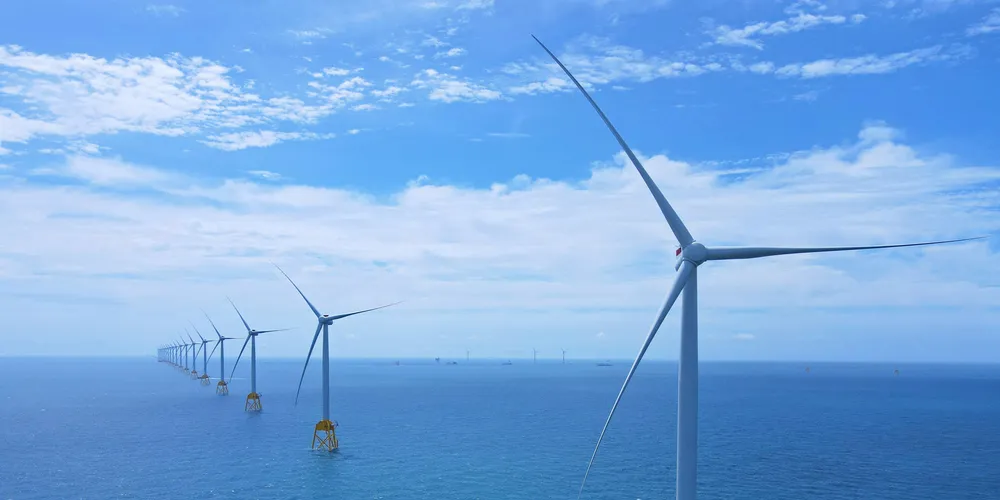Zero-subsidy bids sweep 3GW Taiwan round three offshore wind tender
CIP, Northland Power and Skyborn lead with bids for projects that will rely on corporate PPAs, challenging financeability

Copenhagen Infrastructure Partners (CIP), GIP-backed Skyborn Renewables and Northland Power emerged as big winners in the first phase of Taiwan’s massive Round 3 tender in which the island awarded 3GW of capacity to a range of international and domestic developers.
CIP was awarded 500MW for its Fengmiao project, adding to the nearly 900MW it already has under construction in Taiwan.
Claire Lohan, CEO of the Danish firm’s Taiwan round three projects, attributed its success to CIP’s “commitment to Taiwanese offshore wind and the government’s localisation goals.”
“We look forward to continuing our close work with the Taiwanese government and local leaders and stakeholders to support the delivery of Taiwan’s net zero ambitions,” she said.
Skyborn won capacity for two projects, Haixia, with local partner LeaLea Group for 300MW, the second, Datian, independently for 165MW.
Corio Generation, part of Macquarie, with Japanese partner Jera, was another big winner, taking 600MW for its Haiding 2 project.
A joint venture of local player Taiya and French utility EDF took the remaining 440MW in the round for their Huanyang project.
Taiya’s success in this critical first project “proves the capability of Taiwanese local enterprise to develop offshore wind farms, setting an important milestone” for the local industry, the company said.
Taiwan’s Bureau of Energy (BOE) awarded capacity based on qualitative criteria such as 'financial and technical capabilities', 'industry related review', and 'competitive price ranking'.
To qualify for the round, the projects have had to pass their environmental impact assessments and have a localisation plan in place. All have a commercial operation date of either 2026 or 2027.
The first of the Round 3 allocations marks the start by the Taiwanese government of a push over several allocations to spur build-out by 2035 of another 9GW of capacity to add to the 5.5GW already underway.
Most of the capacity awards are for portions of much larger projects under development, and the win in this phase positions them well for further tenders.
Projects were capped in scale at 500MW and price at the equivalent of $80/MWh, with 60% local content requirements, although the government has loosened these for some components that Taiwan will be unable to manufacture within the timeline.
“Export credit agencies and lenders will continue to look at Taiwan for bankability,” said Scott Hsu, head of renewable energy project and asset management in Taiwan for energy consultancy K2 Management.
(Copyright)